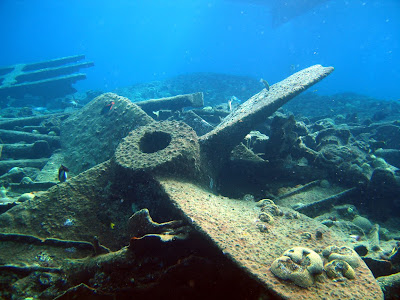Jessie Hallett, BREAM Research Assistant, exploring patch reefs in Bermuda's North Lagoon This summer BREAM has several graduate students, funded by BZS, ACP and OTEP, taking part in a range of research projects. Matt Ajemian, from the University of South Alabama and the Dauphin Island Sea Lab , is returning for his third year of BZS-funded PhD research into the population assessment and feeding ecology of spotted eagle rays. His primary advisor is Dr. Sean Powers. Brittany Huntington is returning for her second year of ACP-funding with her PhD project which examines patch reef ecology and interactions between parrotfish and corals. Brittany goes to the Rosenstiel School of Marine and Atmospheric Science at the University of Miami, and is in Dr. Diego Lirman's lab. Katherine Yates joins us for the first time, on an OTEP-funded project to survey the forereef habitats of the Bermuda platform and develop a reliminary spatial management plan for the reefs, as part of her Masters p...








